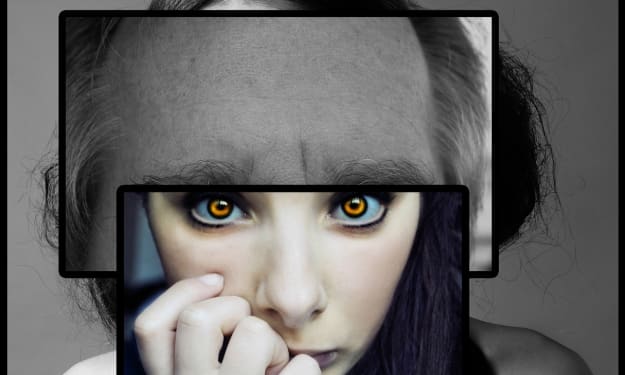Unlocking the Mysteries of Dreams: A Journey into the Subconscious
Subconscious Reveries: Exploring the Depths of Dreams

Dreams have long captivated the human imagination, serving as windows into the subconscious mind. From ancient civilizations to modern psychology, dreaming has intrigued thinkers, scholars, and artists alike. What do our dreams mean? Why do we dream? These questions have spurred countless theories and interpretations, yet the enigmatic nature of dreams persists, inviting exploration and contemplation.
At its core, a dream is a series of thoughts, images, emotions, and sensations that occur involuntarily in the mind during certain stages of sleep. While some dreams may be mundane reflections of our daily experiences, others delve into the surreal realms of fantasy, symbolism, and emotion. Throughout history, various cultures have attributed different significance to dreams, viewing them as messages from the divine, glimpses into the future, or manifestations of inner desires and fears.
One of the earliest recorded references to dreams dates back to ancient Mesopotamia, where the Epic of Gilgamesh recounts the protagonist's prophetic dreams. In ancient Egypt, dreams held profound importance, with priests and scribes interpreting them as messages from the gods. Similarly, in Greek and Roman mythology, dreams were often seen as divine communications, guiding mortals on their journeys and foretelling events to come.
The significance of dreams continued to evolve over the centuries, influencing religious beliefs, philosophical inquiries, and scientific investigations. In the late 19th century, Sigmund Freud, the father of psychoanalysis, revolutionized the study of dreams with his seminal work, "The Interpretation of Dreams." Freud proposed that dreams were a means of wish fulfillment, providing an outlet for repressed desires and emotions. According to Freudian theory, the latent content of dreams, representing unconscious urges, is disguised and expressed through manifest content, the storyline of the dream.
While Freud's theories sparked considerable debate and criticism, they paved the way for further exploration into the complexities of the human mind. Carl Jung, a contemporary of Freud and founder of analytical psychology, expanded upon Freud's ideas, suggesting that dreams contain archetypal symbols and motifs that transcend individual experience. Jung viewed dreams as reflections of the collective unconscious, a reservoir of universal symbols and primordial instincts shared by all humanity.
Modern neuroscience has provided valuable insights into the physiological processes underlying dreaming. Research using advanced imaging techniques has revealed the brain regions responsible for generating and processing dreams, shedding light on the intricate interplay of neural networks during sleep. The rapid eye movement (REM) stage of sleep, characterized by heightened brain activity and vivid dreaming, plays a central role in the dreaming process.
Despite significant advancements in our understanding of dreams, much remains unknown about their origins and significance. Theories abound, ranging from evolutionary hypotheses to cognitive models, each offering unique perspectives on the purpose and function of dreaming. Some researchers propose that dreams serve a cognitive function, consolidating memories, processing emotions, and problem-solving during sleep. Others suggest that dreams play a role in threat simulation, preparing individuals to cope with real-life challenges and dangers.
Beyond scientific inquiry, dreams continue to captivate artists, writers, and philosophers, inspiring creativity and introspection. Surrealist painters such as Salvador Dali and Rene Magritte drew upon the surreal imagery of dreams to create otherworldly works of art, blurring the boundaries between reality and fantasy. Writers and poets throughout history have explored the symbolic language of dreams, weaving dream motifs into their literary masterpieces.
In the realm of popular culture, dreams have permeated films, music, and folklore, serving as narrative devices, metaphors, and sources of inspiration. From the haunting dreamscapes of Christopher Nolan's "Inception" to the whimsical wonderland of Lewis Carroll's "Alice's Adventures in Wonderland," dreams continue to captivate audiences with their infinite possibilities and symbolic richness.
In conclusion, dreams remain a fascinating and enigmatic aspect of the human experience, inviting us to explore the depths of our subconscious minds. Whether viewed through the lens of science, psychology, or spirituality, dreams offer glimpses into our innermost thoughts, desires, and fears. As we unravel the mysteries of dreaming, we embark on a journey of self-discovery and reflection, navigating the landscapes of our imagination with wonder and curiosity.
if you want to know more about this fascinating world and understand its meaning then here it is.
About the Creator
Enjoyed the story? Support the Creator.
Subscribe for free to receive all their stories in your feed. You could also pledge your support or give them a one-off tip, letting them know you appreciate their work.





Comments (1)
Comprehensive one!